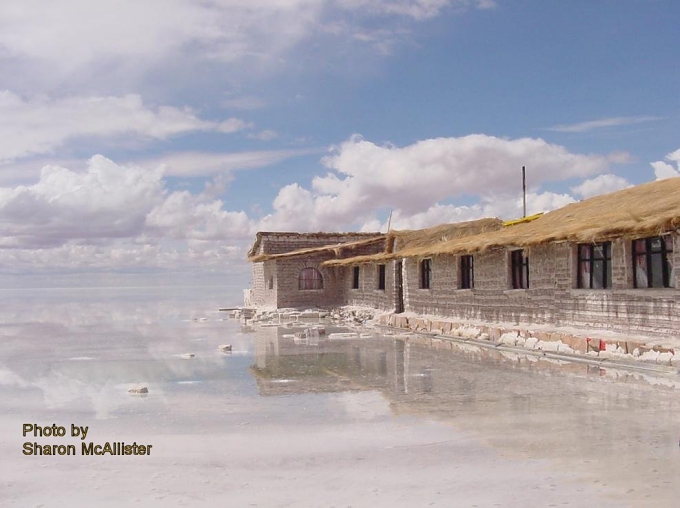Beer...Beer...Beer
/Beyond pumpkins and Hallowe'en, it's Oktoberfest time and thoughts turn to beer. What a welcome reprieve! The original Oktoberfest is a 16-day long celebration in Munich, Germany attended by thousands during which time reportedly seven million liters of beer are consumed. That's a lot of beer, even by our standards. Though we've never attended the festivities in Munich, we've certainly partaken in several Oktoberfests in other parts of the world. It might not be the real thing, but it's still a festival and still beer. That said, while visiting Germany many times during our working careers, we have had German draught beer and oh my, it's wonderful. In fact, we always thought it would be worthwhile going to Germany just for the beer and bread ... the sightseeing would be an added bonus.
Actually, we've been sampling beers around the world for the past 14 years. According to Wiki, beer is the world's most widely consumed alcoholic beverage, and is the third-most popular drink overall, after water and tea. It is thought by some to be the oldest fermented beverage in world. All we know is that wherever we go and wherever we've been, there's always beer. Lagers, ales ... pilsners, weisen, chichas, porters, IPAs, stouts, bitters. We began brewing our own beer aboard Nine of Cups when we arrived in Australia where the cost of buying a case of beer came close to requiring a mortgage.
We found that any place with a strong German influence like Namibia, Chile and Bolivia, for instance, had great beers to offer. Other countries though ... well, let's just say beer brewed in the Amazonian jungles of Peru was wet and cold, but not necessarily the best beer we've ever tasted. Chile, in particular, offered schop, a wonderfully German-type beer on tap.
Speaking of unappealing beers, until the likes of Sam Adams came along and made its owner a multi-millionaire, US beers, other than microbrews, were not the best. Sorry, but Bud Light and Miller are not our idea of tasty beers, although I do like the Anheuser-Busch Clydesdales.
Early on in our sailing career, I was amazed by the number of beers we came across and the pride each little country/island took in sporting its own distinctive beer label. Even the tiniest Caribbean island nation has its own beer brand. I doubt many of the Caribbean beers are actually produced on the islands that touted them, but we appreciated the gusto with which each beer was proudly served and advertised.
I started saving beer bottle labels way back then. Why exactly, I'm not sure. Nor have I figured out what I'll do with them, but they don't take up much room and we still have them aboard, pressed flat between the pages of some old reference book that we probably don't refer to any more. Maybe a beer label collage in our future? How tacky. Photographing them is much more convenient, but again ... what do I do with them once I have them. And of course, we did have to buy and drink the beer to get the labels, but we felt it obligatory to support the local economy.
Brennan has a beer app on his iPhone (Untappd) that allows him to keep track of and comment on craft beers he's tasted and allows him to find the closest brew pub wherever he is. Very important if you're a beer drinker, I guess. We haven't gotten that far yet.
We haven't produced our own Nine of Cups label yet, but give us time.























